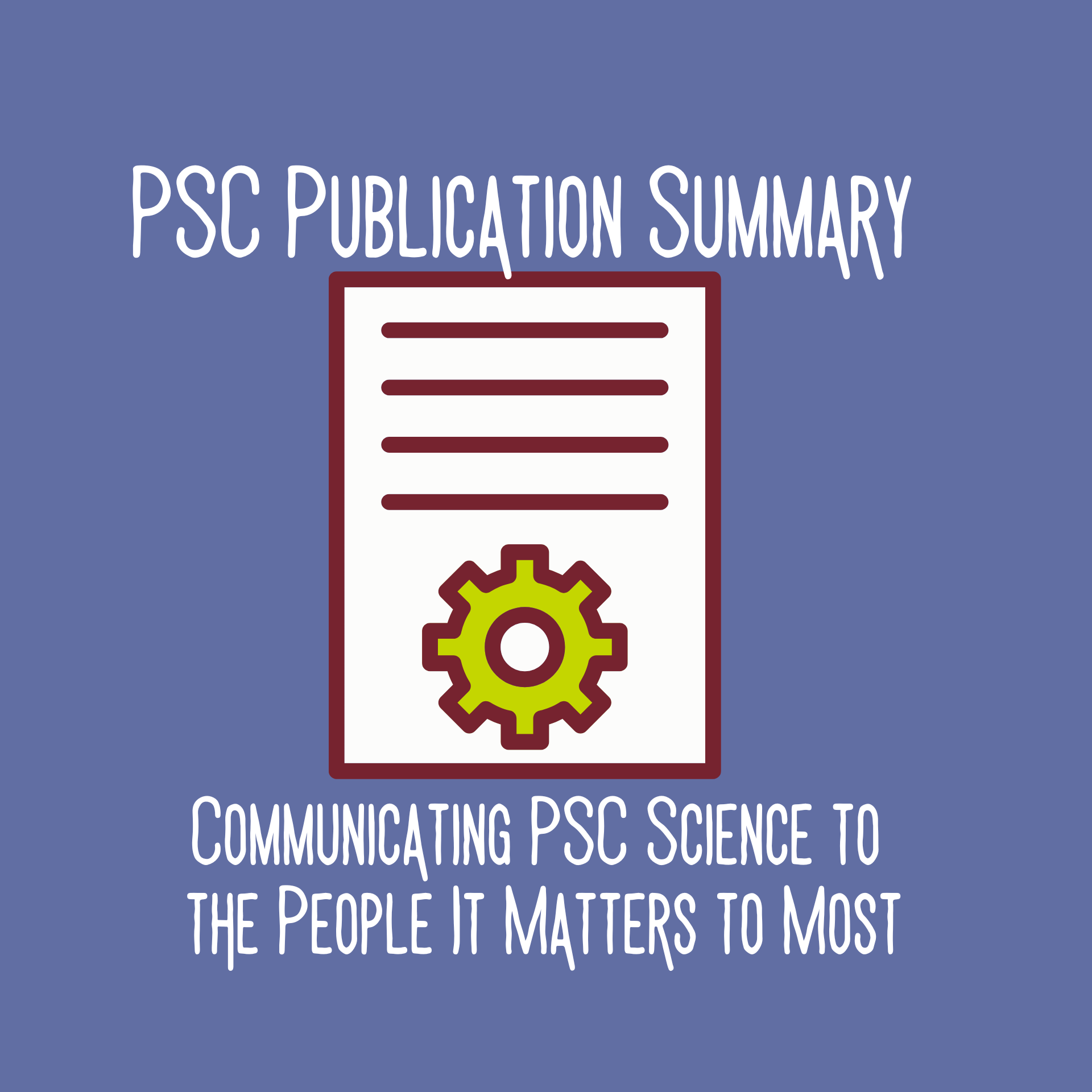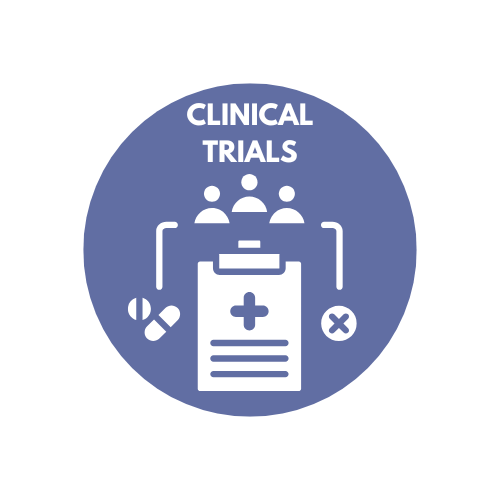This publication summary of a groundbreaking PSC article published in 2024 in the Journal of Hepatology is designed to communicate important PSC science for the people it matters to most, those affected by PSC.
A layperson summary of Journal of Hepatology 2024 article on groundbreaking PSC research from the lab of Dr. Sonya MacParland, Senior Scientist in the Ajmera Transplant Centre at UHN and Professor in the University of Toronto’s department of Laboratory Medicine and Pathobiology and the department of Immunology,
This piece is part of a series spotlighting PSC research efforts in Canada and the dedicated scientists pushing the field forward. This time, we focus on recent work led by Dr. Sonya MacParland, a liver immunologist and scientist at the University Health Network, whose team is building one of the most detailed maps of the PSC-affected and the healthy human liver with the aim of identifying outcomes that are generated by the differences between the PSC-affected and the healthy liver.
Dr. Sonya MacParland is an immunologist and Professor in the Departments of Immunology, Laboratory Medicine, and Pathobiology at the University of Toronto. She also leads a research program at the Ajmera Transplant Centre within the University Health Network (UHN), focusing on advancing our understanding of the liver.
Her fascination with the liver began during graduate school, when she studied how the liver responds to viral infections. That early interest deepened after joining the University of Toronto, where she connected with researchers in the transplant community and became increasingly drawn to the liver’s complex biology. At the time, even as recently as 2016, scientists still lacked a complete picture of all the cell types that make up the liver. Dr. MacParland highlighted one of the key challenges: It’s difficult to pinpoint distinct cell types within a tissue sample from an organ like the liver, as different liver cell types can be difficult to isolate and characterize, and their functions are dependent on their location and interactions with one another.
In 2018, Dr. MacParland’s group published the first high-resolution characterization of all of the cell types in the healthy human liver using a technology called single-cell RNA sequencing (found here). The group then published their findings that a second technology, called single-nucleus RNA sequencing, added additional information about certain types of liver cells that the first technology did not capture; each of the two high-resolution technologies captures certain cell types better than the other (found here). These two publications set the groundwork for using these technologies to better understand what cells and genes are expressed differently in the PSC liver compared to the healthy liver.
Understanding PSC, Cell by Cell
One of the challenges in treating PSC is that we don’t fully understand which cells are involved in the disease or how they change over time. To answer this, members of Dr. MacParland’s team, led by Dr. Tallulah Andrews and Dr. Diana Nakib, and collaborators used these cutting-edge technologies to look at tens of thousands of individual cells from both healthy and PSC-affected livers (see below footnote* on how these cells are obtained). Their approach included the two technologies single-cell and single-nucleus RNA sequencing), as well as spatial transcriptomics, which lets scientists see not just what cells are present, but where they are inside the liver and what they’re doing (see footnote# for more detail on these technologies). The results of this work were published in a 2024 research article titled “Single-cell, single-nucleus, and spatial transcriptomics characterization of the immunological landscape in the healthy and PSC human liver” (found here). University Health Network celebrated the publication of this groundbreaking work about PSC in a press release here.
Key Discoveries from the Study
- The Healthy Liver is More Complex Than We Thought: The team expanded their previous healthy liver map from 8 tissue samples to 24 tissue samples and identified 10 distinct types of macrophages, a type of immune cell that plays a significant role in inflammation and repair.
- Macrophages in PSC Behave Differently: Macrophage literally means “big eater” because its main job is to destroy foreign invaders and patrol tissues throughout the body. In PSC, a type of macrophage usually involved in healing was present in scarred areas of the liver, but it was less responsive to danger signals. This suggests these immune cells may contribute to chronic inflammation rather than helping to resolve it.
- Hepatocytes Begin to Look Like Bile Duct Cells: In the scarred areas of the liver (fibrosis), some liver cells (hepatocytes) started to act and look like bile duct cells. This transformation may be the liver’s attempt to repair itself or it could be part of the disease process.
- Immune Cells Gather in Scar Tissue: When the liver is injured, it sends out a signal that acts as a magnet for immune cells, drawing them to the damaged areas. Through spatial mapping, the team saw not only which macrophages were present, but also their location and how they are arranged relative to each other within the tissue. This is important because a cell’s location can greatly influence its behaviour and its interactions with neighbouring cells. T cells, B cells, and different types of macrophages interacted in these zones, possibly perpetuating the disease. In the healthy, non-scarred areas of the liver, there weren’t many of those inflammatory immune cells. Instead, the team found plenty of the liver’s own resident immune cells, which were in a calm state, helping with normal upkeep rather than causing inflammation
Why This Matters for Patients
This study gives scientists the most complete picture of what the PSC liver looks like at a cellular level and identifies specific immune cells and pathways that may be targeted in future treatments. The study also provides a free, publicly accessible data atlas, so researchers worldwide can build on these findings. Interactive open-access resources to engage with the spatial transcriptomic data can be found here. This means that in a PSC liver section, you can look at where genes and cells are expressed, that is, where they are “turned on” and actively being used by a cell to perform a task.
Perhaps most importantly, this work was made possible through interdisciplinary collaborations between scientists, transplant surgeons, patients, bioinformaticians, and PSC Partners Seeking a Cure Canada. Several patients and patient representatives helped guide the study, ensuring the questions asked were meaningful for those living with PSC. Patients and patient representatives, such as Mary Vyas (Co-founder and President of PSC Partners Canada), Rachel Gomel (Board of Directors of PSC Partners Canada), Dr. Katie Bingham (PSC Partners Canada community member), and Virve Aljas (Volunteer expert communicator), have been involved since the inception of this project, helping set priorities, reviewing study materials, interpreting findings, and shaping how results are shared with the community at knowledge translation events and patient conferences.
Looking Ahead
PSC research has often lagged due to the rarity and complexity of the disease. But with this new liver atlas, the field has a detailed map to guide research forward. As Dr. MacParland’s team notes, this is just the beginning; ongoing and future studies will look at earlier stages of the disease and how PSC progresses over time, as well as focus on the interaction between the liver and the gut in PSC-IBD. The hope is that with better understanding comes better care, and eventually, real treatment options for people living with PSC.
Footnotes
*Cells are obtained by treating healthy and PSC livers to enzymes that break down the proteins holding liver cells together – that way we are able to generate a soup of suspended immune and non-immune cells that make up the liver.
Single-cell and single-nucleus RNA sequencing are technologies that allow for the characterization of gene expression from all of the genes in a genome, in the form of RNA, in the cytoplasm and nucleus of cells in a sample, respectively. This allows for a very high resolution understanding of how gene expression differs across cells in a sample, but also across samples and disease types, like healthy vs PSC. Spatial transcriptomics is an additional layer that allows for the identification of where these cells and genes might reside within a tissue, providing more information on what cells may be interacting in a tissue.
Author Diana Nakib with support from Mary Vyas and Rachel Gomel.

















